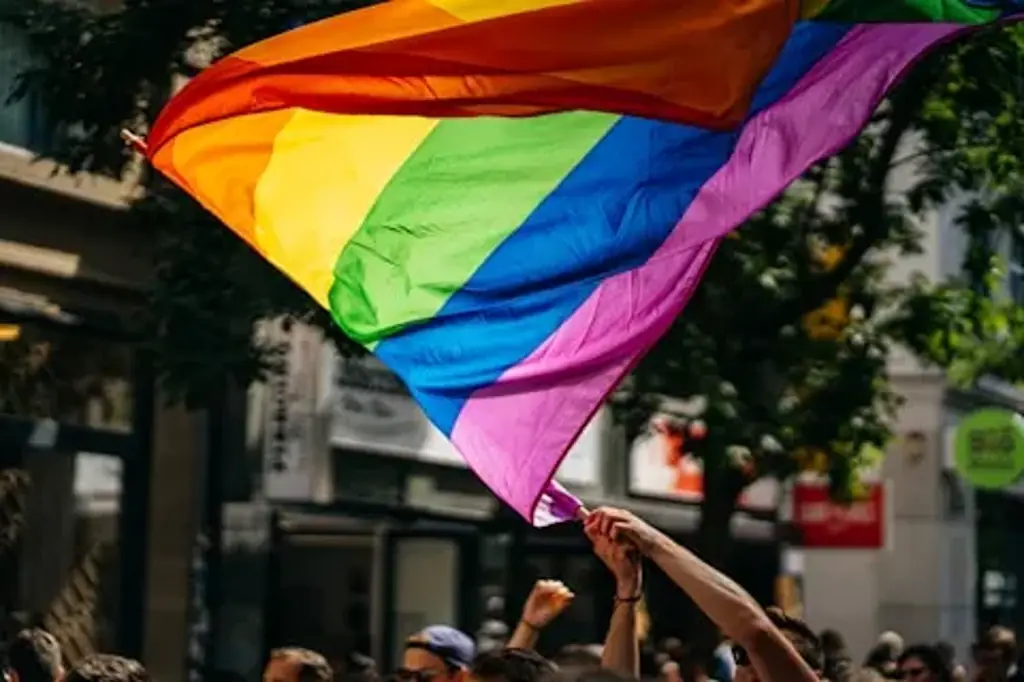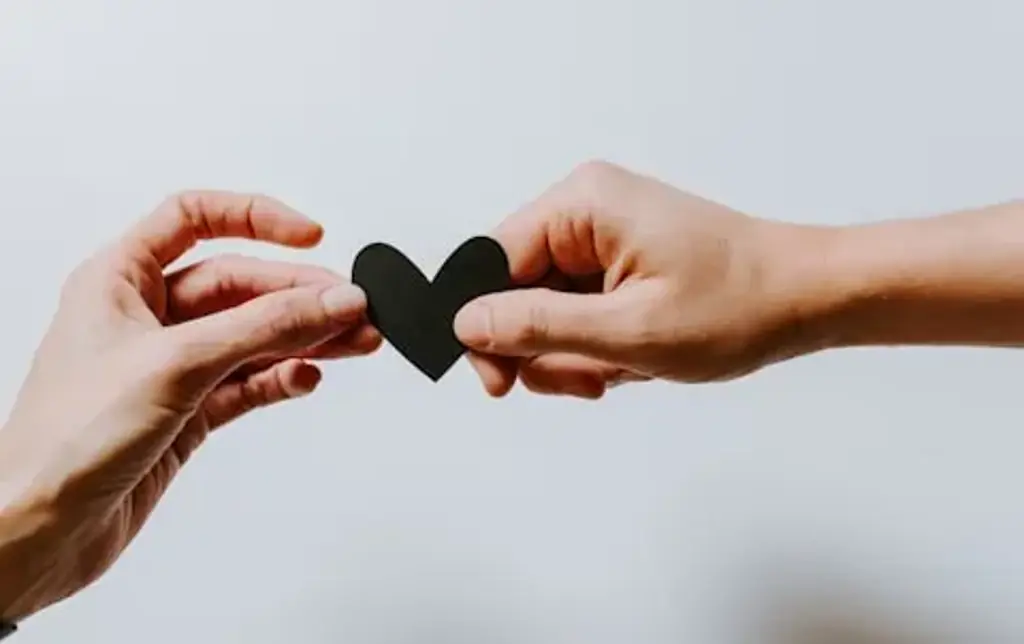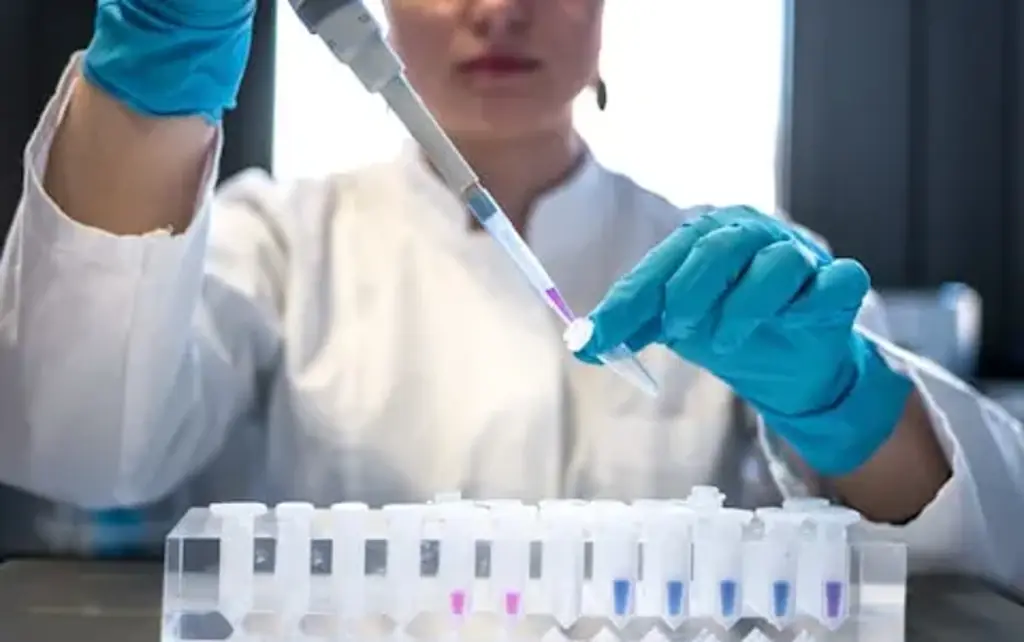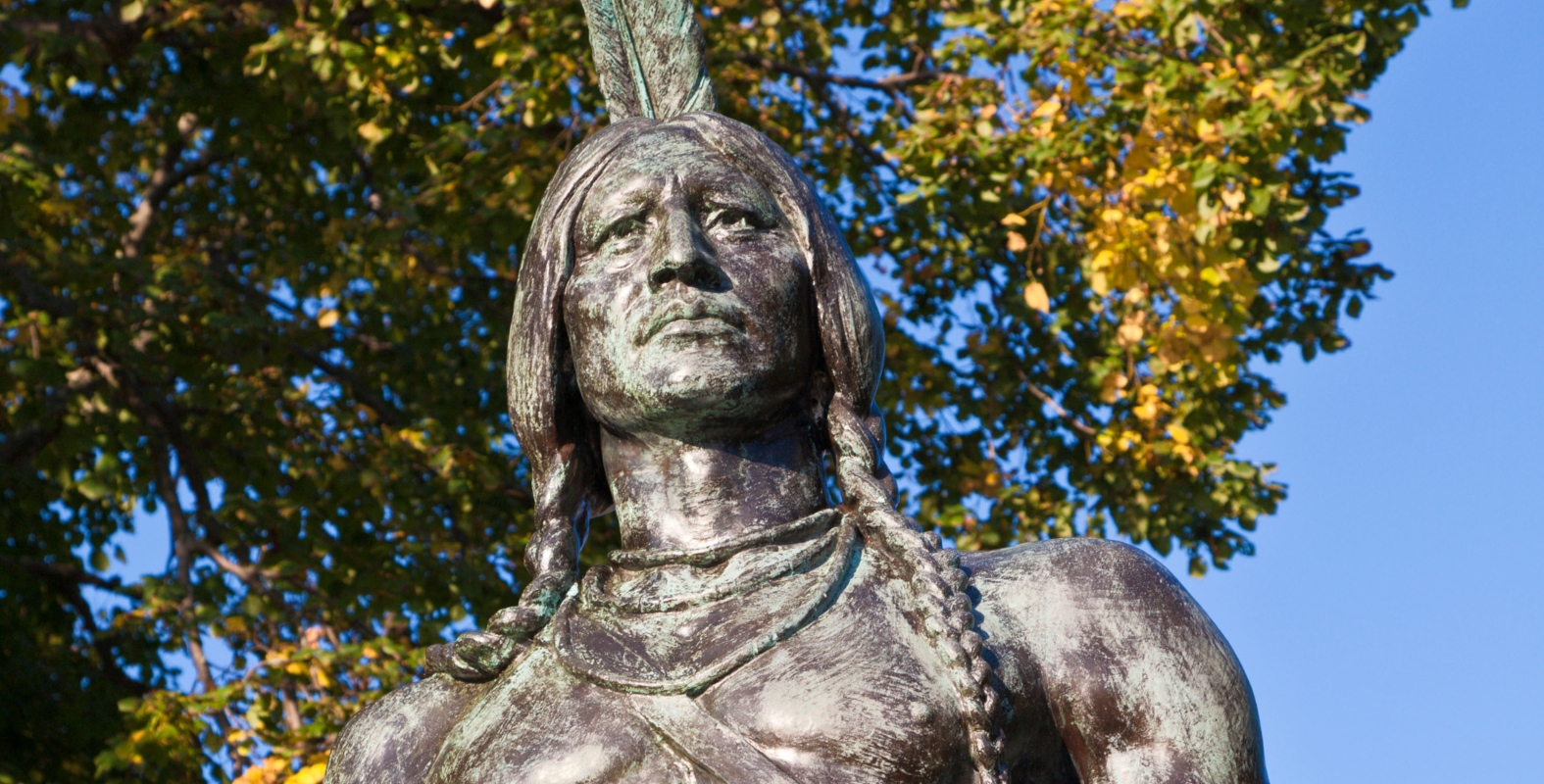
Every year, on November 25th, Americans congregate to break bread, feast on Turkey, and perpetuate one of the longest-standing myths in the country: Thanksgiving.
For hundreds of years, children have been taught that the Plymouth Colonists and Wampanoag tribe harmoniously shared a bountiful harvest in 1621. It's not quite right but nevertheless has been told so many times that hardly any truth exists.
Rather, what we are confronted with is America's failure to reconcile its problematic origins, and something they think will make it all better; Black Friday sales.
"It gets embedded in the myth until you get to the present day, and then you just think everyone got along in Early America, which is completely wrong," historian, Peter Mancall, tells VT.
"Yes, these people had a meal together, but horrific violence is more common in the history of 17th century North America. There was one war after another, and to use the words of another scholar, 'Americans really are the beneficiaries of catastrophe here.'"
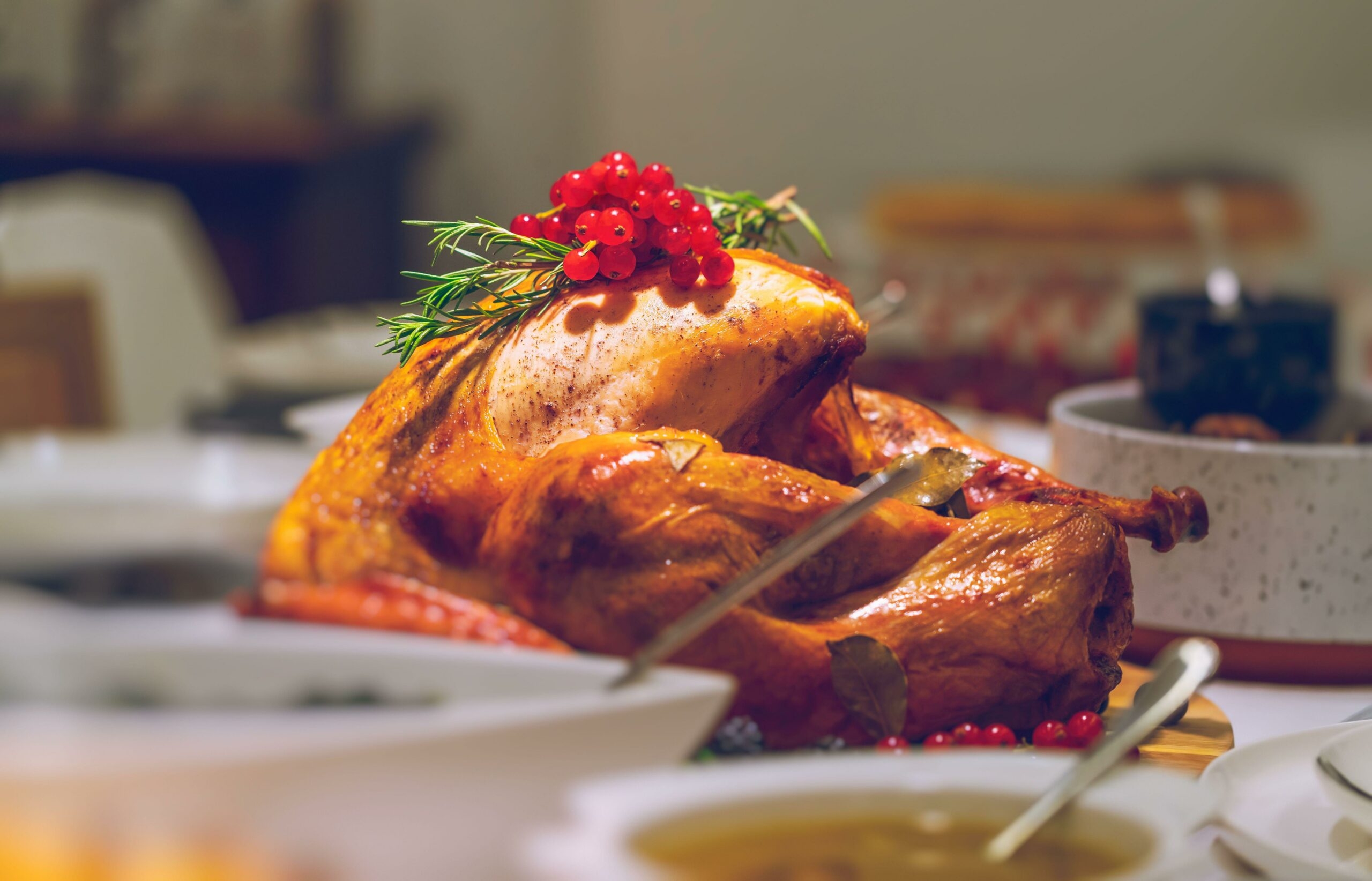
If we are to start with the facts, it is true that The Mayflower brought the Pilgrims to North America from Plymouth, England, in 1620, where they proceeded to set up a colony in Plymouth, Massachusetts. It's also true that in 1621, they hosted a three-day gathering to celebrate a fruitful harvest, which was attended by members of the Wampanoag tribe.
Thanksgiving as we know it comes from this one innocuous event. However, there wasn't one single Thanksgiving, and nor did it first occur in 1621. Instead, there were many days of Thanksgiving held by both groups — sometimes together, oftentimes separate — for a number of reasons.
As Mancall explains: "An event took place in Plymouth in 1621, but it did not get a lot of notice at the time. According to the very fragmentary records we have today, they sat down and had a feast for around three days. That was it, it was not an annual event, and they would periodically have days of thanksgiving to thank their god for bringing them success in battle, or a good harvest.
"The myth of Thanksgiving, or the way Americans think about it now, was a much later creation. The first national holiday of Thanksgiving happens when Abraham Lincoln declared a day of Thanksgiving in 1863. He didn't mention the Pilgrims, and they don't start to be mentioned until the late 1930s.
Still, they're embedded in this myth, because that group of people tried to make their experience a defining moment in the history of America, and their vision was a very exclusive vision of the country — for people of European origin."
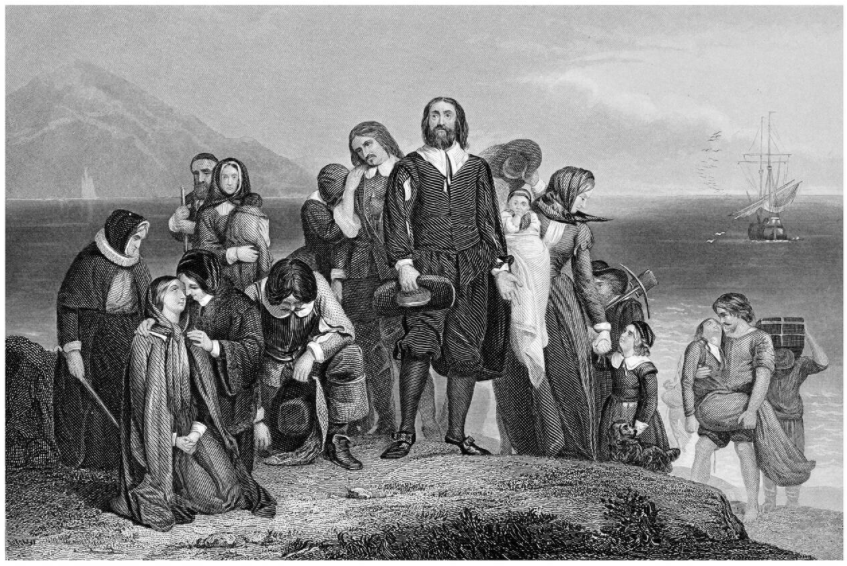
But for David Silverman, professor of history at George Washington University, undoubtedly the biggest and most harmful myth surrounding the holiday is that the Native people conceded to colonialism.
"This belief is a way of whitewashing the brutality of what was fundamentally a bloody process of subjugation," he says. "The myth has it that a friendly native person, who is rarely identified, welcomed English colonists to Plymouth, so they could create the United States as a beacon of religious liberty, democracy, and opportunity for the rest of the world."
In fact, the Wampanoags did not reach out to the English because they were inherently friendly. They did so because they had suffered an epidemic disease that had been inadvertently introduced through the Europeans, several years prior. Their population was in freefall, and they were facing further threats to their livelihood from other native tribes.
"These are people who lived in the stone age, to be perfectly clear," Silverman explains. "They did not have metal, and the English colonists had metal hatches, swords, knives, and guns. These material items could make a difference in intertribal warfare."
"Again, 1621 was not a first contact episode for the Wampanoags, they had 100 years of experience with Europeans, and that experience was disproportionately violent. So, they understood Europeans to be ruthless, and quite potent by virtue of their military technology."
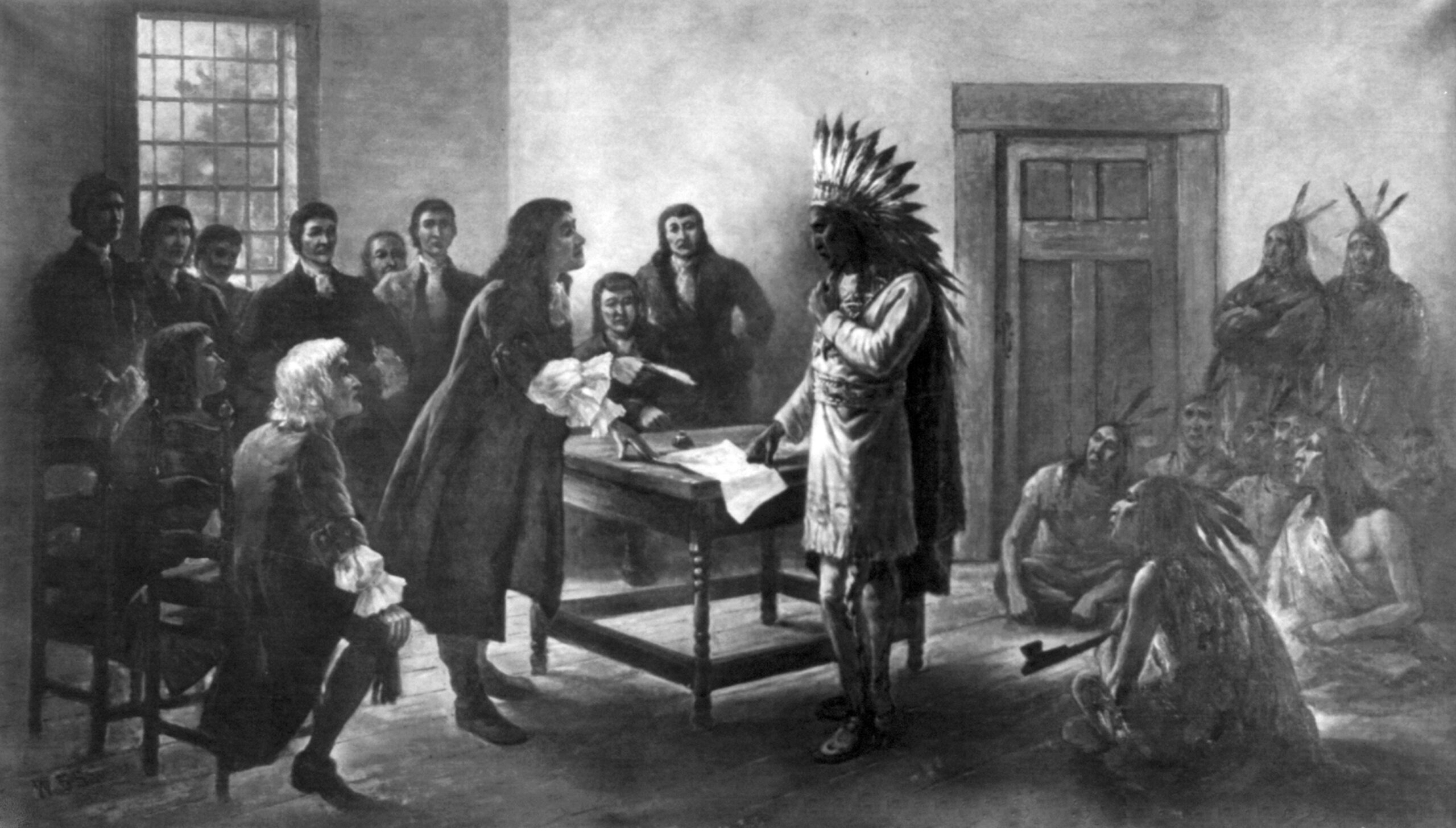
This was the main concern of the Native Americans, Silverman states — stressing that the Thanksgiving myth gets the "friendliness" of the indigenous people completely wrong. The second, and most important fact here, is that "this relationship went to hell in a handbasket", and quickly.
The ties between the Pilgrims and the Wampanoags disintegrated over the course of several years, into one of the most bloody and vicious wars in North American history.
Despite an early alliance between the Wampanoag paramount chief, Massasoit, and the settlers, the colonialists slowly started asserting more and more control over aspects of the tribe's life, which culminated in 1675's King Philip's war.
In regards to population, this war is the bloodiest conflict per capita in US history. Around 30% of the English population in New England perished, while at least twice as many Native Americans died.
A painful process of subjugation followed: thousands of surviving Native's were captured and sold into slavery and long-term servitude. Their resistance dampened too, as the war had ravaged the Wampanoags and Narragansetts, thus paving the way for more European settlers.
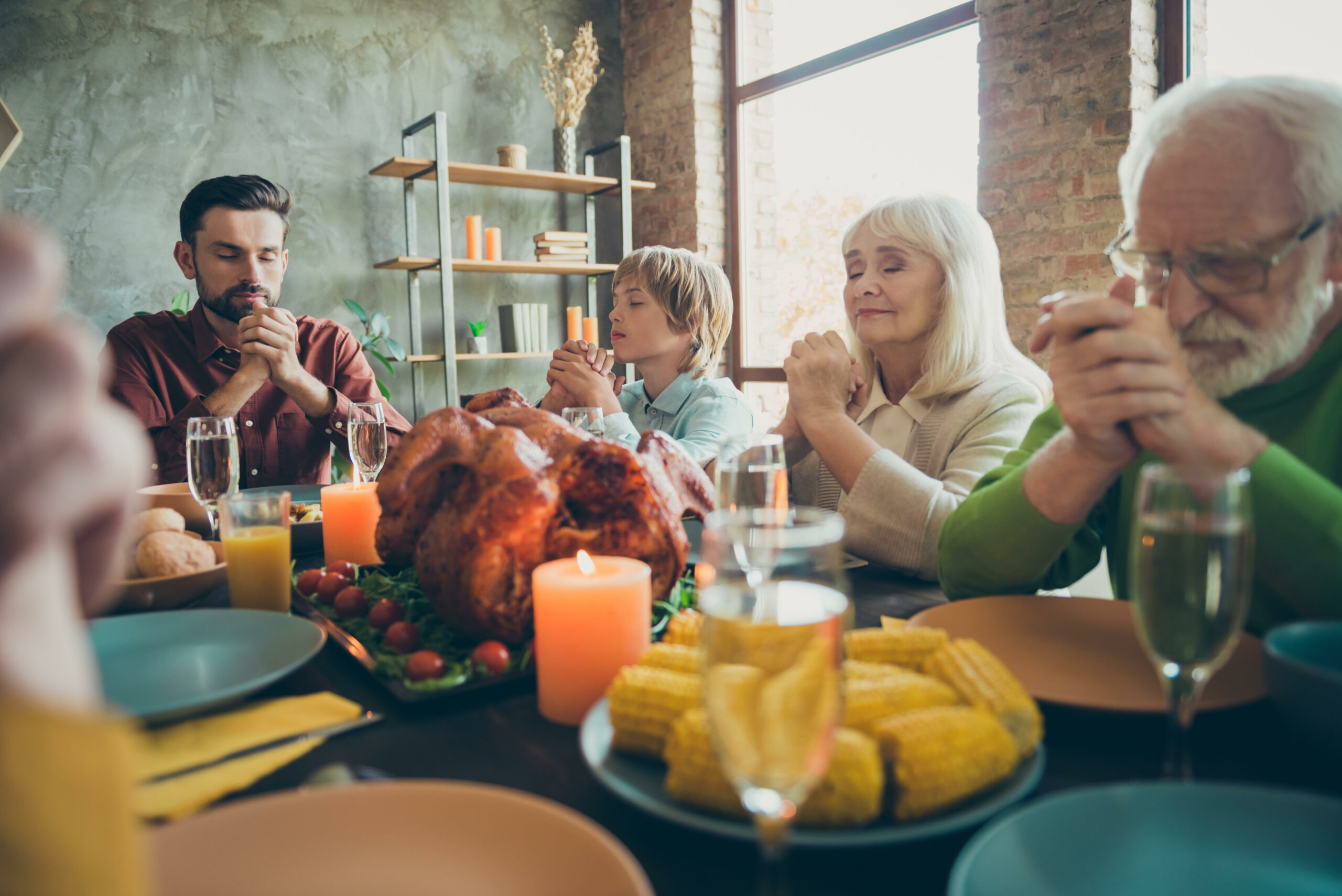
While this should be the enduring history, what it is replaced by is false symbols of harmony: a family dinner table, turkey, and pilgrim hats.
As Silverman comments: "To highlight this meal as a symbol both of this particular case study and of colonialism is distorting in the extreme.
"America has always been pluralistic — it has been a diverse, multiracial democracy since its inception. It's a basic matter of ethics that everyone in this country should be able to see themselves reflected in its history. Indigenous people have been fundamental to this country's development. They are not just another ethnic group, they're the first people, and they have sovereignty on account of that."
As such, Silverman concludes that the story of Thanksgiving has until now been a "colonial project", which aims to racially indoctrinate children with a certain history.
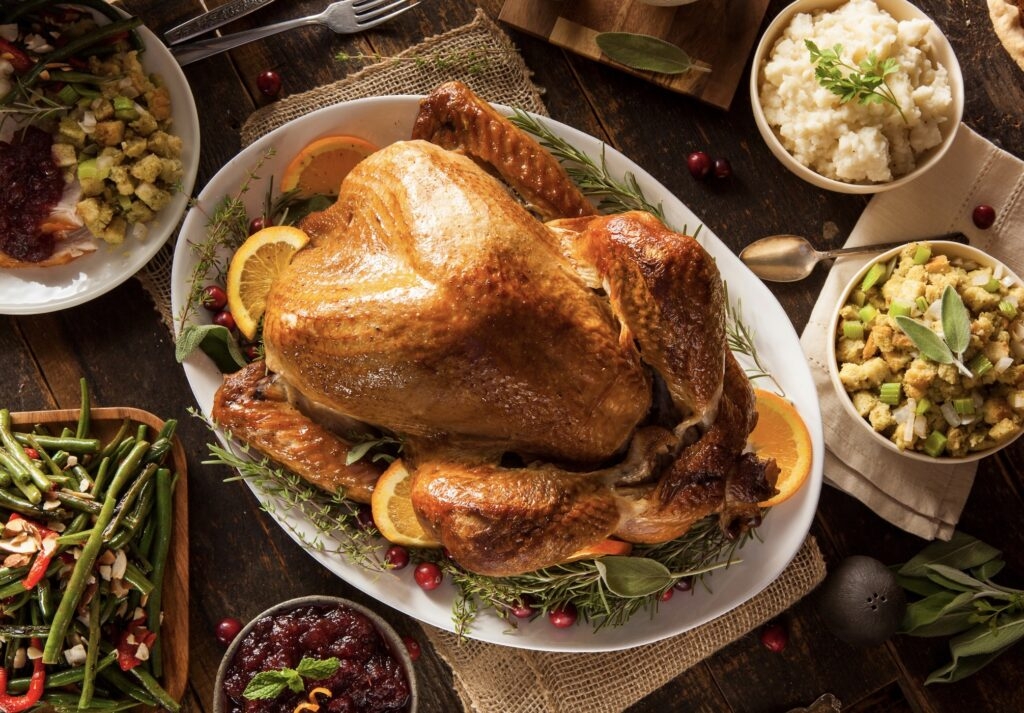
"You know, my name is Silverman, I don't descend either from English colonists, or from indigenous people. And yet, the Thanksgiving myth tries to make me identify with the English as my forefathers," he states.
Indeed, it has often been taught the same way to elementary school students; they are asked to draw turkeys, make pilgrim hats, all while the history of the Native American people is taught as a footnote. Some more harmful practices have endured too. For example, only in 2018 did Arlington Public Schools near Boston abolish a practice where they would ask third-grade students to dress up as colonialists and Native Americans.
Over the past few years, Mancall has been liaising with teachers on how to better teach Thanksgiving. He tells me that while they're willing to integrate the most recent historical research, they are wrestling with outdated textbooks that have long been selected by state education boards.
"The myth of Thanksgiving is often embedded very early in our educational system. So it's only by the time that kids get to high school that they're able to constructively rethink these old stereotypes," he explains. "You can still celebrate a day of Thanksgiving. But we need to understand what happened in the 17th century."

He added: "North Americans like to talk about the Colonial Period, but we never talk about the fact that these people were conquerors. People are so caught up in the belief that people wanted to get along that they get uncomfortable when they hear the truth."
"We need to look at the history we're being told with a fresh set of eyes and ask whether it's actually accurate," Silverman corroborates. "How can we bring that history to the fore and reckon with it critically as adults? I think that charting a path forward rests on a clear, and thorough historical education.
"If we're going to attach this history to the holiday, I insist we get it straight. Feast and offer thanks for what's good in your lives without trafficking in a damaging myth."










